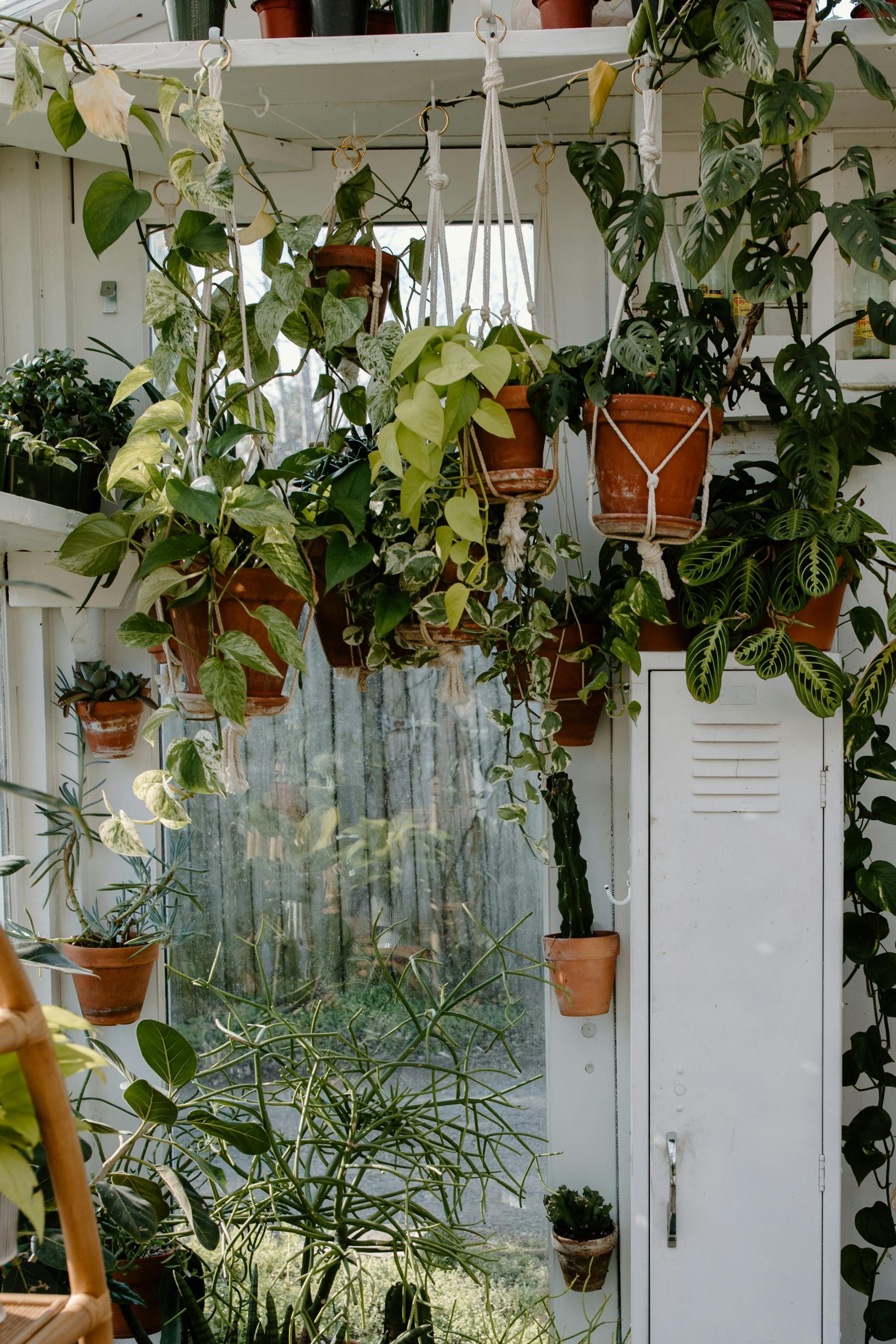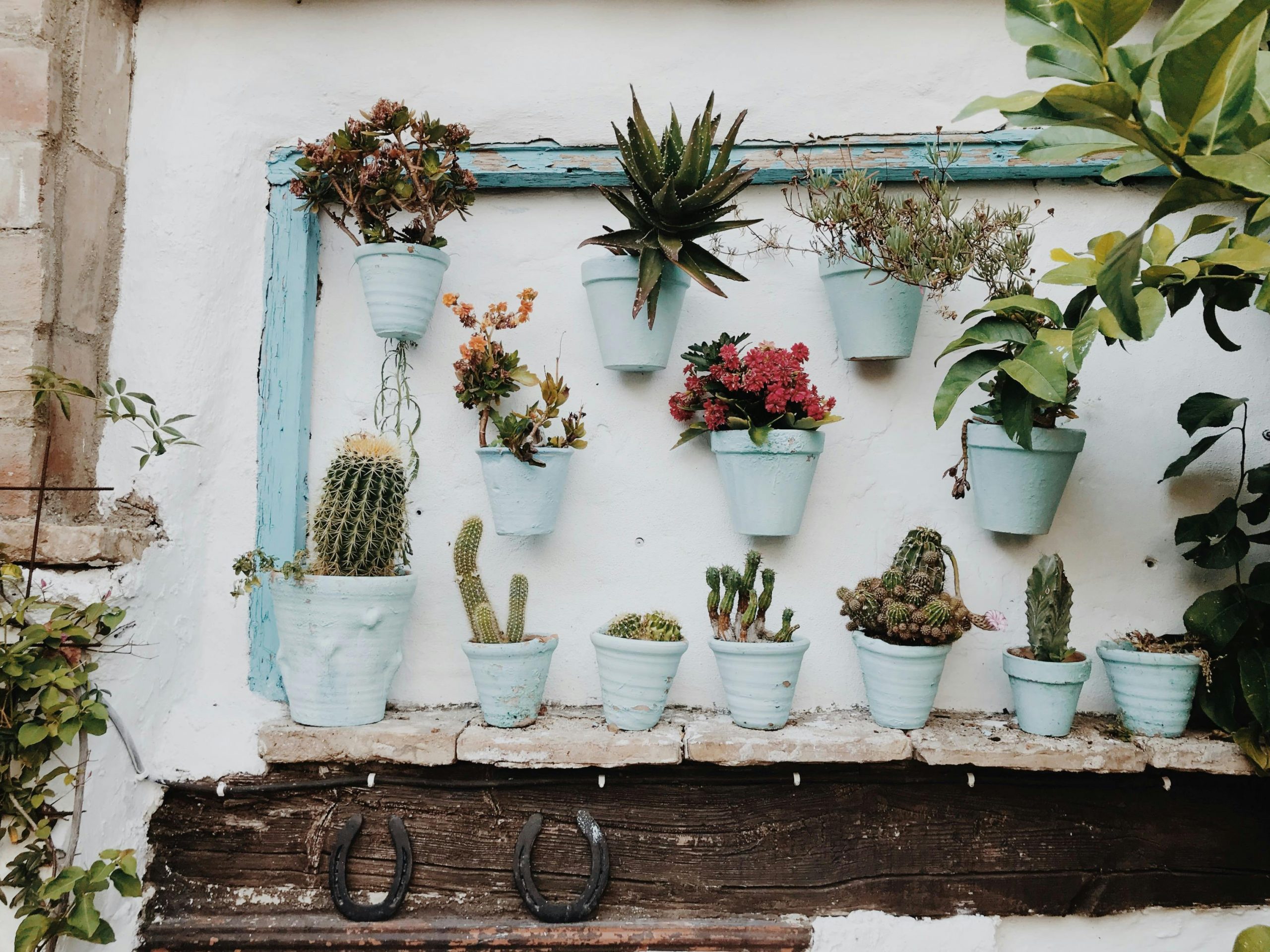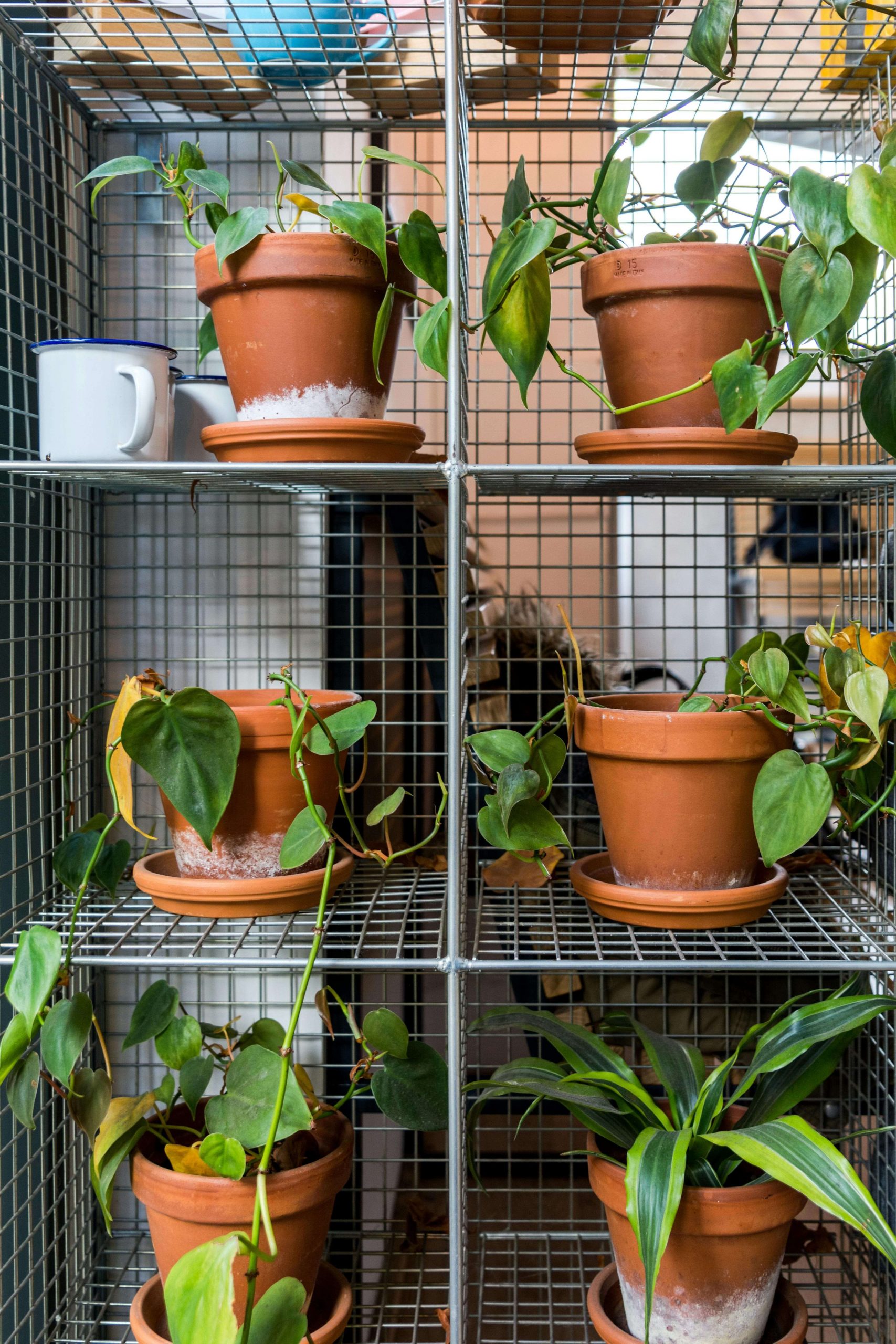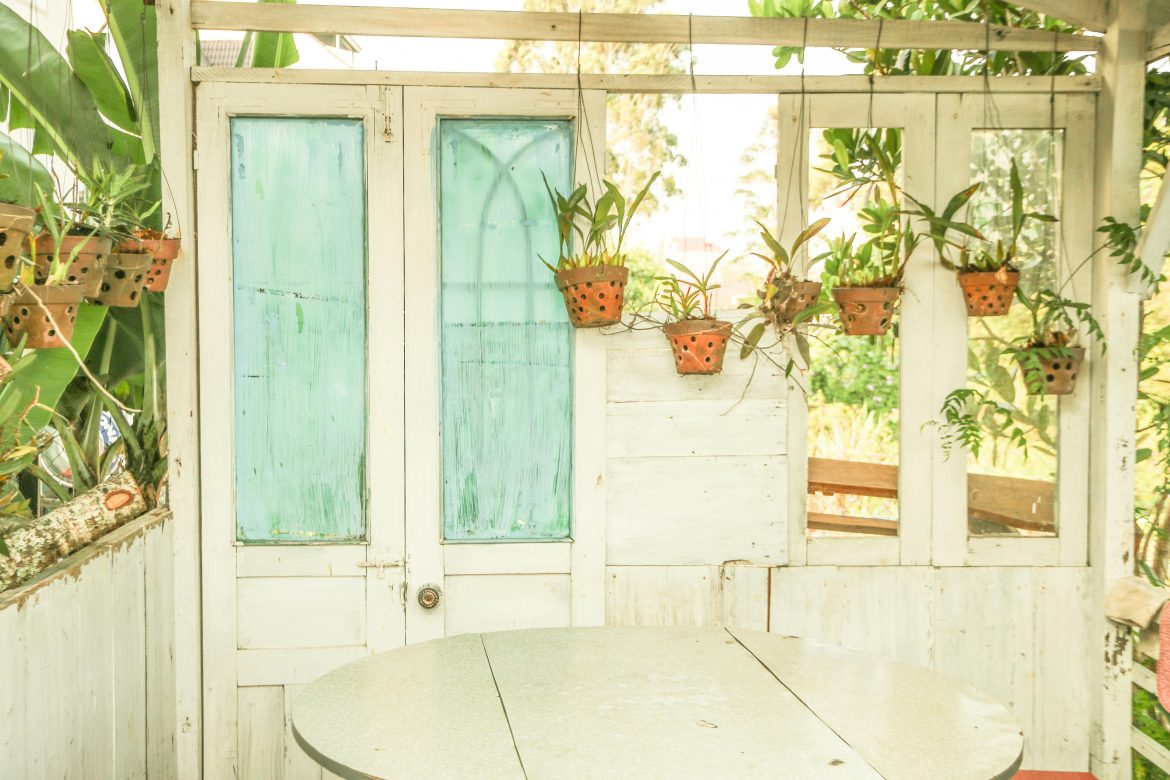Vertical gardens are a fantastic way to bring a splash of nature into your home, especially if you’re short on horizontal space. These living walls can transform a bare wall into a lush, vibrant feature.
However, like any garden, they require regular maintenance to stay healthy and beautiful. Here are some simple, easy-to-follow tips to keep your vertical garden thriving.
Choose the right plants
The first step in maintaining a vertical garden is choosing the right plants. Opt for varieties that are suited to vertical growing conditions and your specific environment. Ferns, succulents, and herbs like basil and mint are great choices. Ensure they are compatible with the amount of sunlight and humidity in your space.
Watering wisely
Watering a vertical garden can be a bit tricky. Overwatering can lead to root rot, while underwatering can cause plants to dry out. Install a drip irrigation system to make watering more manageable and consistent. These systems can be set on a timer to ensure your plants get the right amount of water without the guesswork. If you’re hand-watering, do it in the morning to allow the leaves to dry throughout the day, preventing mold and mildew.

Image credit: Pexels
Fertilizing regularly
Just like any garden, vertical gardens need nutrients to thrive. Use a balanced liquid fertiliser every two to four weeks during the growing season. Be mindful of the type of plants you’re growing, as some may require more or less fertilisation. Always follow the instructions on the fertiliser package to avoid over-fertilising, which can harm your plants.
Pruning and trimming
Regular pruning is essential to keep your vertical garden looking neat and healthy. Remove any dead or yellowing leaves to prevent disease and encourage new growth. For fast-growing plants, trimming may be necessary to keep them within the confines of your vertical space. Use sharp, clean scissors or pruners to make clean cuts and avoid damaging your plants.

Image credit: Unsplash
Monitoring for pests
Vertical gardens, like all gardens, can attract pests. Regularly inspect your plants for signs of insects such as aphids, spider mites, or whiteflies. If you notice any pests, treat them promptly with an appropriate organic insecticide or a homemade solution of water and mild soap. Keeping your garden clean and free of debris can also help deter pests.
Ensuring proper light
Light is crucial for plant health. Make sure your vertical garden is getting the right amount of light for the plants you’ve chosen. If natural light is insufficient, consider using grow lights. These can be particularly useful in indoor settings or areas with limited sunlight. Adjust the positioning of your garden if needed to ensure even light distribution.

Image credit: Pexels
Rotating plants
If your vertical garden includes movable pots or modules, rotate the plants occasionally. This ensures that each plant receives an equal amount of light and prevents any one plant from becoming too dominant. Rotating plants also helps to promote even growth and a more balanced appearance.
Checking the support structure
Lastly, ensure that the structure supporting your vertical garden is secure. Over time, the weight of the plants and soil can stress the support system. Regularly check for any signs of wear and tear and make repairs as needed to prevent accidents and keep your garden safe.
ALSO SEE:
Indoor gardening: the benefits of planting in pots and containers
Image credit: Pexels
Originally published in Garden&Home Magazine.

